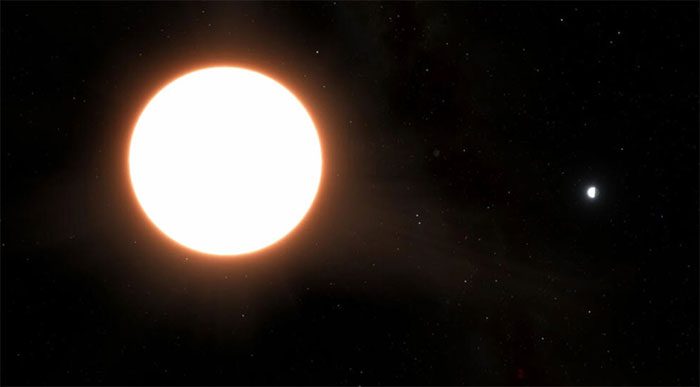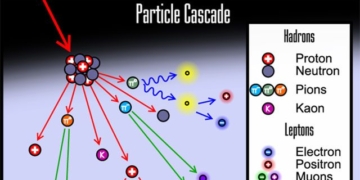On July 10, astronomers announced the discovery of a scorching hot world, the brightest exoplanet ever observed outside our Solar System.
Located over 260 light-years from Earth, this extraordinary exoplanet reflects 80% of the light from its host star, according to new observations from the Cheops space telescope of Europe.
This characteristic makes it the first shiny exoplanet resembling Venus, the brightest celestial object in our night sky after the Moon.
First discovered in 2020, this Neptune-sized planet is named LTT9779b and orbits its star in just 19 hours.

Exoplanet LTT9779b reflects 80% of the light from its host star. (Image: ESA).
Because of its proximity, the side of LTT9779b facing its star experiences temperatures soaring up to 2,000 degrees Celsius, considered too hot for cloud formation.
However, LTT9779b still possesses clouds. “This is really a puzzle,” said researcher Vivien Parmentier from the Côte d’Azur Observatory in France.
Researchers then realized they should understand the formation of these clouds similarly to how steam condenses in a bathroom after a hot shower.
He explained that, much like the hot steam rising in a bathroom, a flow of scorching metals and silicates has saturated the atmosphere of LTT9779b until metallic clouds formed.
This planet, which is five times the size of Earth, is exceptional in many ways.
The only exoplanets previously found orbiting their stars in less than 24 hours are gas giants ten times larger than Earth or rocky planets half Earth’s size.
Yet LTT9779b exists in a region known as the “Neptune desert”, where planets of its size cannot be found.
“It’s a planet that shouldn’t exist. Such planets would have their atmospheres blown away by their star, leaving behind bare rocks,” Parmentier stated.
According to scientist Maximilian Guenther from the Cheops project of the European Space Agency, the metallic clouds of LTT9779b function like a mirror, reflecting light and preventing the atmosphere from being blown away.
“It’s somewhat like a shield, similar to those in the old Star Trek movies where they had shields around their ships,” he told AFP.
He noted that this research marks a significant milestone as it demonstrates how a Neptune-sized planet can survive in the Neptune desert.
The Cheops space telescope of the European Space Agency was launched into Earth’s orbit in 2019 with the mission to explore exoplanets beyond our Solar System.
It measures the reflectivity of LTT9779b by comparing the light before and after the exoplanet disappears behind its star.




















































